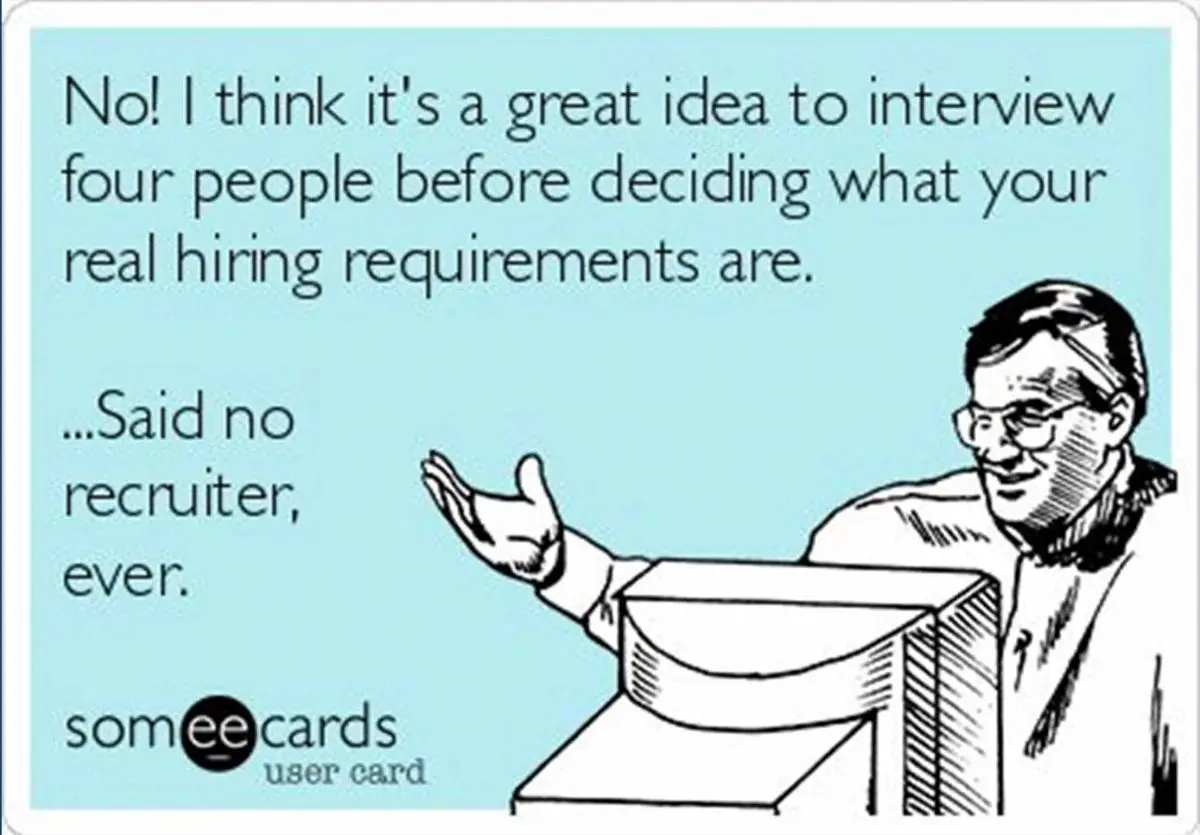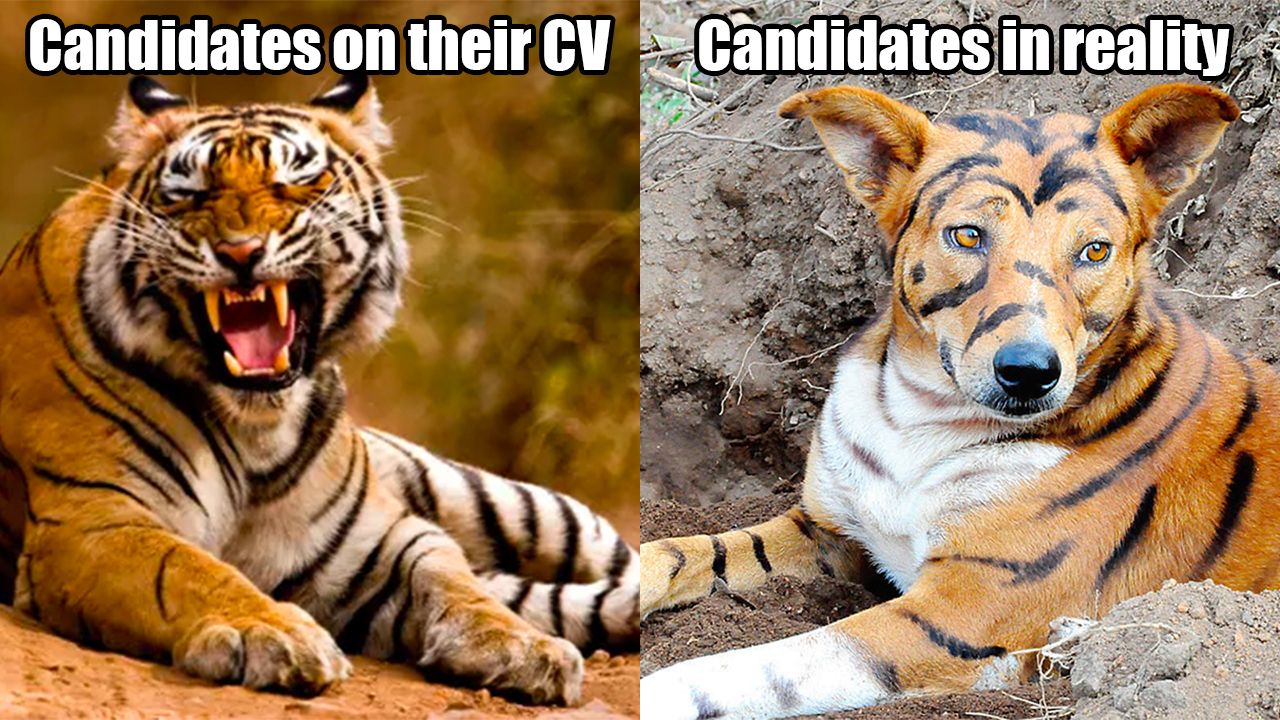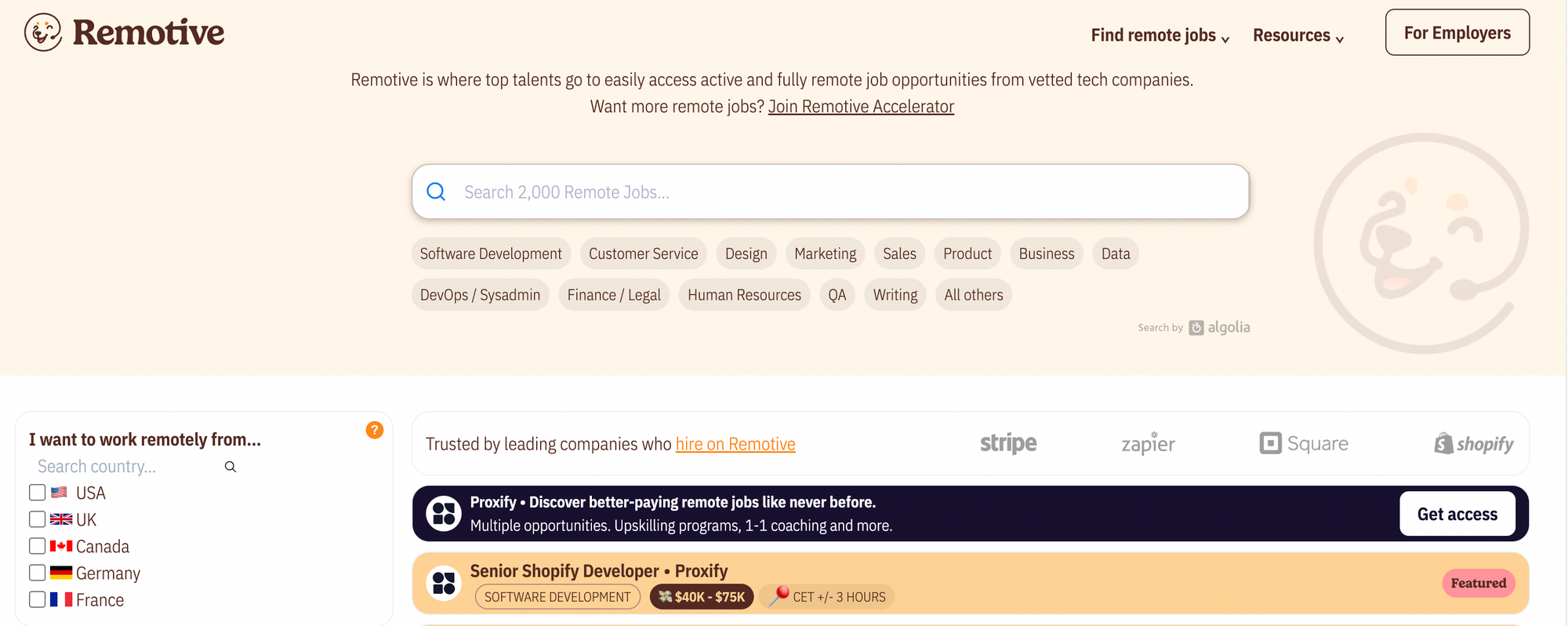In 2023, the number one complaint from many recruiters hiring remotely was I posted a remote job and got thousands of applications. How can I narrow them without losing my mind?
Well, we are so glad you've asked. We've gathered some fantastic advice from hiring experts; we'd love to share it with you.

Be Specific
Several remote hiring experts have shared that being specific in job descriptions can make a significant difference. For instance, suggesting candidates include a word or phrase in their application proves to be a simple yet effective method to filter out those who may not have thoroughly reviewed the job description.
Jennifer Carberry, Director of Recruiting at Bubble, shared that in 2023, they were overwhelmed by the number of applicants for most of their roles. They managed the influx of applications by only posting roles briefly. Jennifer's main takeaway?
Asking a specific question or two on the application can make a big difference in narrowing down the number of qualified applicants.
Gauri Manglik, CEO and Co-Founder of Instrumentl, said that one of the best things you can do when hiring for a remote position is to ensure your job description is specific and transparent.
If you're going to ask someone to work remotely, they need to know what you mean by it.
Gauri continued to explain that if, for example, you need someone who can be on call at any time of day or night or communicate via Slack, you should state that in the job description. "You want people who are serious about working remotely and know what they're getting into—so make sure your job descriptions are clear!"

Implement an ATS
An applicant tracking system, or ATS, is a software application that manages the recruitment process.
"The influx of candidates for remote positions can be overwhelming—especially now, with more and more people preferring to work remotely," explained Gianluca Ferruggia, Managing Director of DesignRush. "At the same time, with our company's growth, we've definitely seen a significant uptick in the volume of online applicants. It's largely the reason why we're looking into an ATS as a way to streamline and manage our hiring process."
Data enrichment is the process of improving the accuracy and reliability of your raw customer data or, in the case of recruiters, applicant data. Teams enrich data by adding new and supplemental information and verifying the information against third-party sources (source). Those third-party sources usually are a candidate's available social media accounts.
Alister Wood, owner of VisitUs, told us that their HR team particularly enjoys the applicant enrichment features and the scope of the available job posting platforms of their ATS, Manatal.
Applicant enrichment comes in handy because it gives more details on candidates without needing to do further research. It also helps our HR team to better categorize applicants based on their experience and skills.
Grant Aldrich, Founder of Preppy, uses Lever as their ATS of choice because it provides a centralized platform to review applications, allows collaboration with team members, and tracks the progress of each candidate through their hiring pipeline.
Lever's reporting and analytics also help us identify areas for improvement in our recruitment strategies.
Aktug Dogan, CEO and Co-Founder of Refermate, says that integrating an ATS into his recruitment process saves him a lot of time.
It takes care of manual data entry, schedule setting, and administrative tasks, so I can focus my energy on interviewing applicants. It also allows me to send out bulk emails and notifications instead of me having to contact each candidate one by one.

Ask For a Video Introduction
Gauri Manglik told us that he has experience with written CVs and video introductions and prefers the latter.
In a written CV, it's easy to feel like the writer is just putting their best foot forward, but in a video introduction, you can see the candidate's personality come through. It makes me feel like they're really excited about the opportunity and that they're going to be a good fit for my organization.
Alister Wood also prefers video introductions over traditional CVs and cover letters.
Our preference for video cover letters comes from the recent popularity of generative AI. It is much easier for applicants to generate cover letters that are accurate but lack any personality. It does not give an indication of a candidate's potential for a role. Video cover letters are more difficult to automate.
He warns that it will result in fewer applications, but the quality of applications will be worth it.
But there are a few pitfalls to be aware of. Gianluca Ferruggia and his team prefer written CVs over video introductions because they remove biases that can inadvertently made with video submissions.
Written CVs level the playing field and are often more inclusive, catering to individuals who may be exceptional at their jobs but not necessarily adept at presenting on camera.

Use Filters
We mentioned that ATS offer ways of filtering applicants by skills, for example, saving hiring teams a lot of time and narrowing the pool of candidates.
Using filters is a subtle yet powerful strategy to reduce the number of applications and pinpoint those that align seamlessly with the specific requirements of the remote position.
At Remotive, we're rolling out a new geo-blocking feature that will limit applications from candidates outside of your specified locations. For example, if you're only looking for candidates within the US, applicants outside the US will not be able to see your job posting. This may result in fewer applications, but better qualified in terms of geolocation.

If you'd like to try our new geo-blocking feature, please get in touch with us by mentioning this article, and we'll let you try it for free in your next job posting with us.
We would love to learn what other recruiters think of these strategies, and even better, we'd love to know what happens when/if you implement them.
